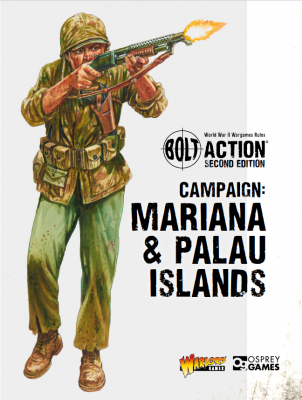Painting World War Two Romanians
By Kreighton Long
The backbone of the World War Two Romanian army was the humble riflemen. Romania lacked the quality and quantity in armor of their German or Soviet peers and the heavy artillery that rained destruction on their victims on the Eastern Front was sorely lacking in Romanian arsenals. Without powerful armor formations or heavy guns the Romanian military was forced to rely on manpower rather than firepower.
The average Romanian rifleman was equipped in fairly simple, but functional, gear. Color photographs of Romanians from the war are hard to come by but illustrations from Osprey Publishing and photographs of contemporary reenactors helped to guide my color choices. The Romanian soldier wore a cotton tunic during the summer which bleached in the sun. During the winter the Romanian soldier wore woolen tunics which retained their darker khaki color. Woolen trousers were worn year round and maintained their color like the woolen tunic.

 By Kreighton Long
By Kreighton Long
 By Kreighton Long
By Kreighton Long